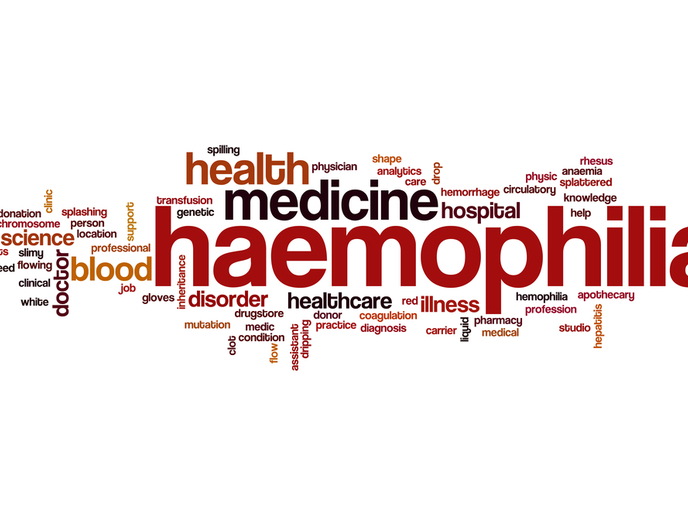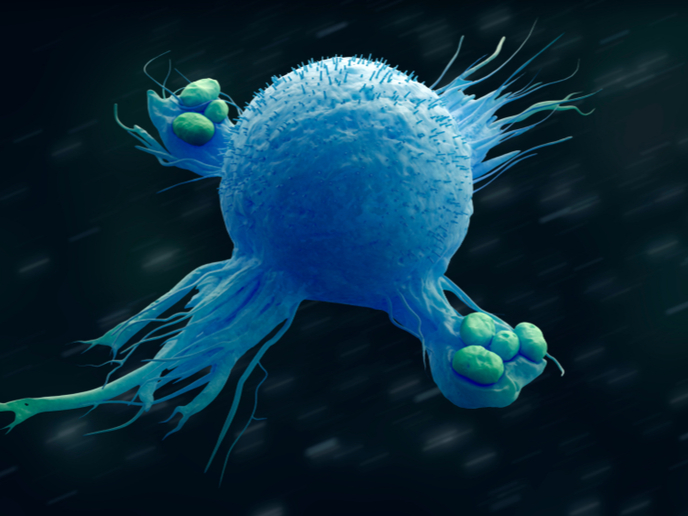A new gene therapy treatment for CGD
X-CGD is an immunodeficiency disorder associated with the inability of phagocytes to kill invading pathogens due to mutations in the enzyme NADPH oxidase. X-CGD neutrophils are unable to produce reactive oxygen species, leading to intractable infections and granulomas. Conventional treatment of X-CGD consists of lifelong prophylactic administration of antibacterial and antifungal agents and granulocyte infusions. The only established cure to date is haematopoietic stem cell transplantation (HSCT) with a suitable donor. However, in over 60 % of patients no HLA-matched compatible donor is available, and transplantation of a not fully matched graft renders HSCT a high-risk approach. As an alternative definitive cure, scientists have pursued gene therapy, an approach that entails the ex vivo genetic correction of patient HSCs and their re-infusion back into the patient. Attempts so far, however, have produced unsatisfactory results. Seeking to improve the outcome of gene therapy for X-CGD, the EU-funded 'Gene therapy for X-linked chronic granulomatous disease (CGD)' (NET4CGD) network will develop a novel gene therapy strategy. Using state-of-the-art technology and expertise across Europe, the NET4CGD project has constructed an advanced lentiviral vector that carries the wild-type NADPH oxidase gene. Pre-clinical results are encouraging and show a phagocyte-specific expression of the transgene. The ultimate goal is to achieve effective transduction of haematopoietic cells and long-term engraftment of gene-modified cells. During NET4CGD, the lentiviral vector has been produced at clinical grade and is currently being tested in a multi-centre phase I/II trial in eligible X-CGD patients. Through integrated efforts, project partners have harmonised procedures and optimised the manufacture of the vector and the final gene-modified cell product. The clinical trial has been registered at the European Medicines Agency (EMA) and will involve approximately 15 patients. The consortium is in the process of obtaining information on biological efficacy and safety in patients, and is analysing the integration profile of the vector. Preliminary data indicate that transduced patient cells display restored biochemical activity and neutrophil oxidative function at therapeutic levels. Partners are confident that the advanced NET4CGD gene therapy approach will correct the myeloid defect in X-CGD patients and lead to clinical benefit. A positive outcome of the clinical trial will permit the registration of a new medicinal product for the treatment of X-CGD patients, thereby improving their quality of life and reducing the overall healthcare costs.
Keywords
Gene therapy, clinical trial, X-linked chronic granulomatous disease, lentiviral vector, haematopoietic cells







